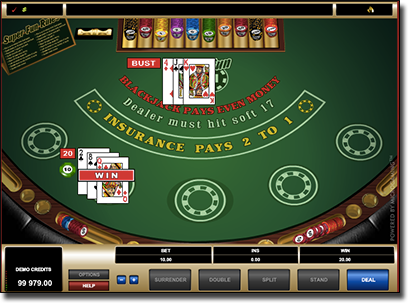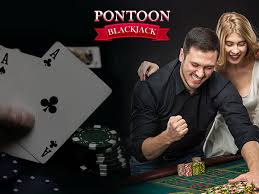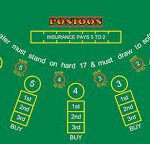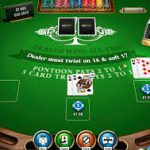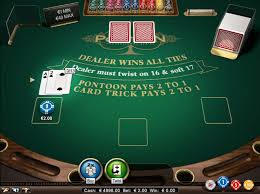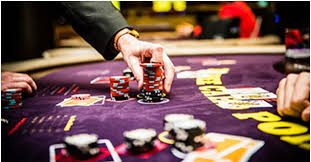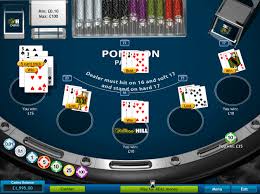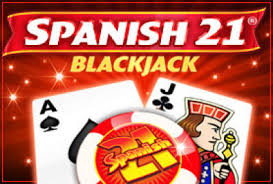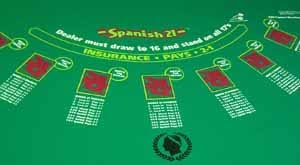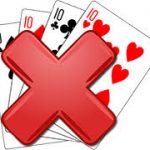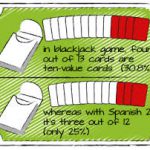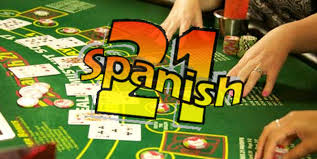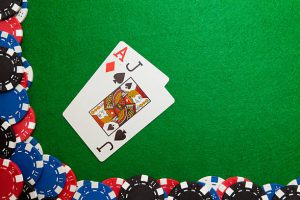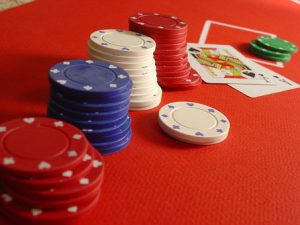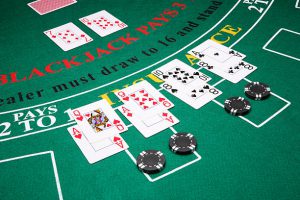
With Europe being the place where Blackjack was said to be born, the European version does vary slightly from the classic American standard and therefore more and more players look to challenge themselves with the European version. It is mostly played online and in some rare instances, can be found in land-based casinos. Rules can vary slightly depending on the casino you play at, so always be sure to look at their complete set of rules before sitting down at the table.
Oddly enough, you can find the European version played with anywhere from 2-8 decks of cards, so verify how many decks are being used at the casino you choose to play at. Playing with 6 decks is most common.
Standard rules with any version:
- – No Peek – dealer doesn’t look at hole-card, player loses total bet on dealer blackjack
- – Dealer must draw to 16
- – Insurance is allowed
- – Cards are shuffled after each round

Rules that can vary depending on the version:
- – Splitting allowed only once and only with identical cards (cannot split King/Queen, for instance)
- – No splitting of 4s, 5s, or 10-valued cards
- – If Aces split, player can only receive 1 additional card on each ace
- – Blackjack pays 3:2
- – Dealer always stands or always hits a soft 17
- – Player can double on any two cards
- – Double after split may or may not be allowed
- – Surrender may or may not be allowed, though not if dealer is showing an Ace
As you can see, there can be several differences involved depending on where you play the game. Make sure you understand all the rules to the version you opt to play, so you can strategize accordingly.
European Blackjack Strategy
The fact that the cards are shuffled after every round, makes it difficult to count cards, so don’t expect to practice your card counting skills playing European blackjack!
The first notable variant is that splitting of 4’s, 5’s and 10’s is not allowed. This can vary depending on the casino you’re playing at. While classic strategy tells you not to split those pairs anyway, the rule was set to make sure it’s not done. By splitting, you’re giving yourself the opportunity to increase your bet and win more, something the casino doesn’t want to happen.
The variant considered most significant is that the dealer is not allowed to take a look at his face down card until all players decide what they want to do. In most versions, the dealer is dealt only one card first anyway. Remember, with classic blackjack, the dealer will check for a blackjack if he has an Ace showing.
That changes strategy slightly because if the dealer eventually has blackjack, a player may have double downed or split cards, losing the additional bets. With classic blackjack, the dealer immediately checks for a blackjack, “saving” the player from making additional bets on a “losing hand”.
Compared to classic American blackjack, in European blackjack, your play should be more conservative. You’ll be doubling down and splitting less often. For instance, when the dealer has a ten or an Ace, you don’t want to be doubling down so quickly, because he still may have 21 and you would lose even if you do make 21 yourself.
Conclusion
This is a great choice if you want to try a different version not too far off the classic blackjack. The differences are minor and easily figured out, so it makes it an easy game to fight the boredom of classic blackjack.



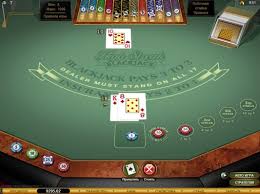





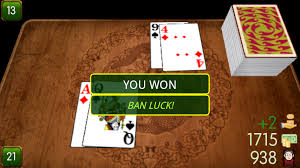
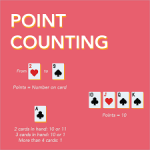
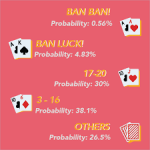

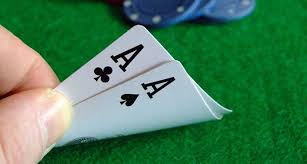
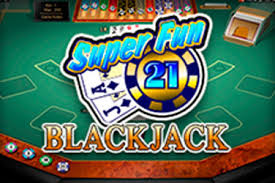
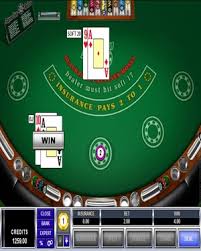
 game:
game: